Introduction
The 1960s was a decade marked by radical change and cultural revolution in fashion. It broke away from the conservative styles of the 1950s, welcoming bold colors, unconventional designs, and new silhouettes. From mod to hippie, 60s fashion was as diverse as the era itself. This article invites you on a groovy journey through the world of 60s fashion, showcasing key trends, iconic pieces, and influential designers that defined this vibrant era.
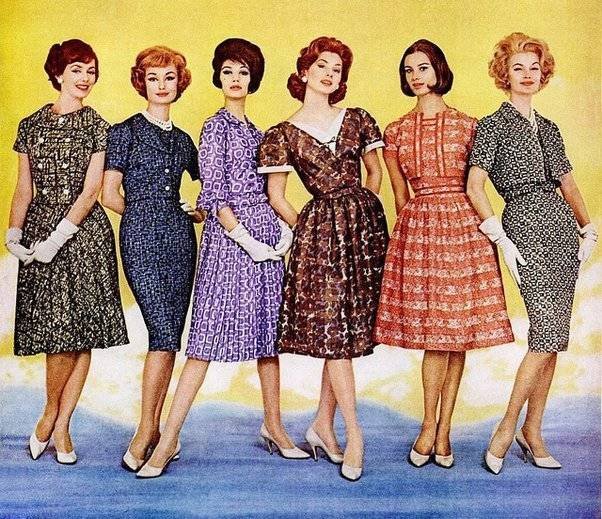
The Mod Movement
At the heart of 60s fashion was the mod movement, originating in London and quickly spreading worldwide. It was characterized by clean lines, geometric shapes, and bright colors, aiming for a modern and youthful appearance. Key pieces included mini skirts, shift dresses, and go-go boots. Designers like Mary Quant popularized the mini skirt, symbolizing the decade’s rebellious spirit. The mod look was often accessorized with bold patterns, statement jewelry, and eye-catching makeup. Additionally, mod fashion in the 60s introduced tailored suits for men, often paired with skinny ties and Chelsea boots.

Psychedelic Patterns and Colors
As the 60s unfolded, fashion grew increasingly experimental, embracing psychedelic patterns and vibrant colors. Influenced by the counterculture and the rise of the hippie movement, designs featured swirling patterns, floral prints, and tie-dye. Bold and clashing colors reflected the era’s embrace of freedom and individuality. Fabrics such as velvet, suede, and denim gained popularity, adding texture and depth to the eclectic styles of 60s fashion. This period also introduced maxi dresses and flowing skirts, which became staples of the hippie fashion movement.
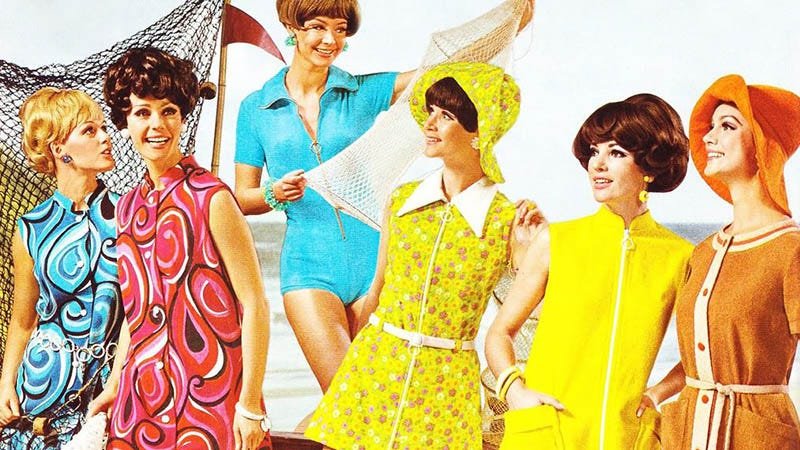
The Hippie Movement
The hippie movement left a profound mark on 60s fashion, advocating a lifestyle centered on peace, love, and harmony. Hippie fashion embraced a relaxed and bohemian aesthetic, often featuring natural fabrics, ethnic patterns, and handcrafted details. Key elements included bell-bottom jeans, peasant blouses, fringed jackets, and headbands. Accessories like beads, leather sandals, and flower crowns became popular, embodying the free-spirited ethos of the era. Festivals like Woodstock became iconic showcases for hippie fashion, where tie-dye shirts, patched jeans, and flowing kaftans were the norm.
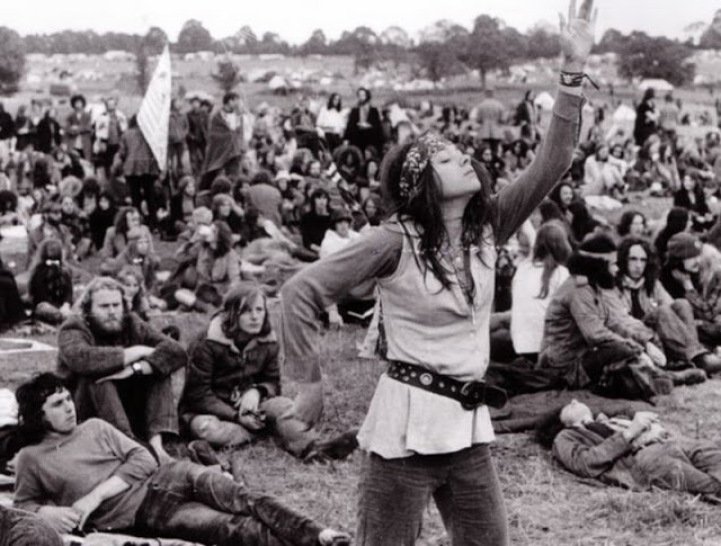
The Influence of Music
Music wielded a profound influence on 60s fashion. Bands like The Beatles, The Rolling Stones, and The Supremes shaped people’s clothing choices. The Beatles’ transition from neat suits to eclectic and colorful attire reflected the decade’s cultural shift. Music festivals like Woodstock became platforms for showcasing the latest hippie fashions, with attendees donning bell-bottoms, fringed vests, and flower crowns. The impact of rock and roll on 60s fashion was immense, with musicians becoming style icons and their outfits inspiring fans worldwide.

Iconic Fashion Icons
The 60s gave rise to numerous fashion icons whose styles continue to influence today’s trends. Twiggy, with her androgynous appeal and pixie haircut, became the embodiment of the mod movement. Jackie Kennedy’s refined and sophisticated fashion choices set the tone for high society, while Brigitte Bardot epitomized the sultry and carefree allure of the French Riviera. These icons not only defined 60s fashion but also left a lasting legacy on style. Other notable figures like Audrey Hepburn and Edie Sedgwick also made significant contributions, popularizing looks that remain admired to this day.
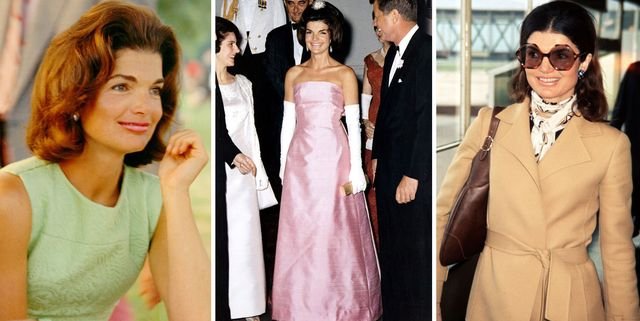
The Rise of Ready-to-Wear
The 1960s witnessed the ascent of ready-to-wear fashion, democratizing stylish clothing for the masses. Designers like Yves Saint Laurent and Pierre Cardin revolutionized the industry with high-fashion pieces that could be mass-produced. Boutiques and department stores thrived, catering to the growing youth market with a plethora of fashionable choices. This democratization of 60s fashion empowered more individuals to express themselves through clothing, shaping the era’s dynamic and constantly evolving style scene.
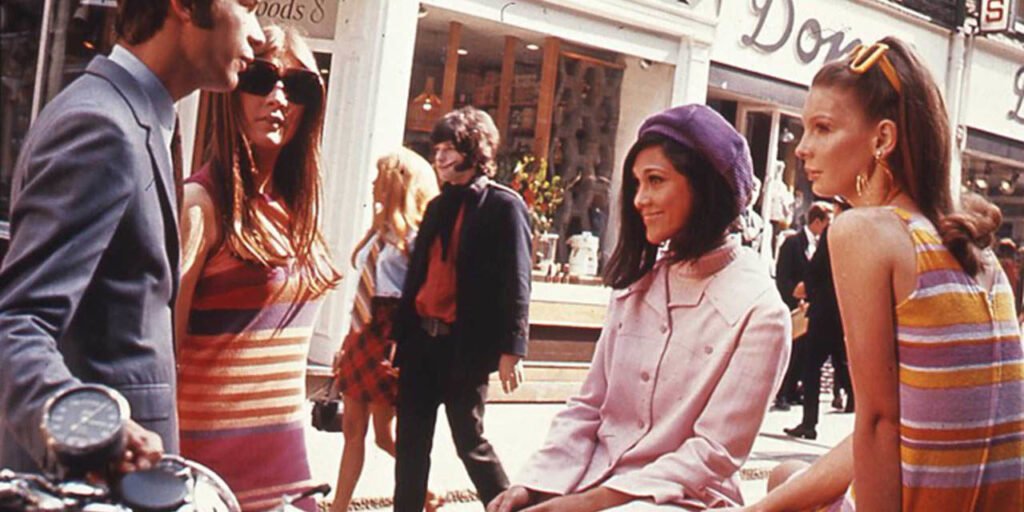
Gender Fluidity and Unisex Fashion
The 60s also marked a departure from traditional gender norms in fashion. The androgynous styles of mod fashion and the unisex charm of hippie clothing blurred the boundaries between men’s and women’s fashion. Designers pushed boundaries with silhouettes and fabrics, crafting looks that transcended gender. This embrace of gender fluidity in 60s fashion foreshadowed the inclusive and diverse styles of today. Unisex clothing items like bell-bottoms and tunics gained popularity among both men and women.
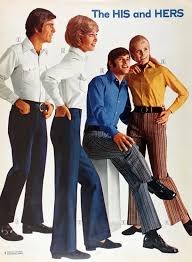
Conclusion
The fashion of the 1960s was a vibrant fusion of rebellion, creativity, and cultural expression. It shattered norms of the past, paving the way for future trends while embracing individuality and innovation. From mod to hippie, the diverse styles of 60s fashion remain a wellspring of inspiration for designers and fashion enthusiasts globally. Reflecting on this groovy decade, we celebrate the boldness and creativity that truly defined 60s fashion as iconic.

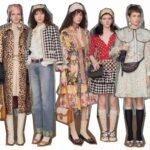



[…] important to remember, is that at that time fashion was primarily for grown-ups. It changed in late 1960s but up until that era everything that was proposed by the designers or like fashion brands was […]